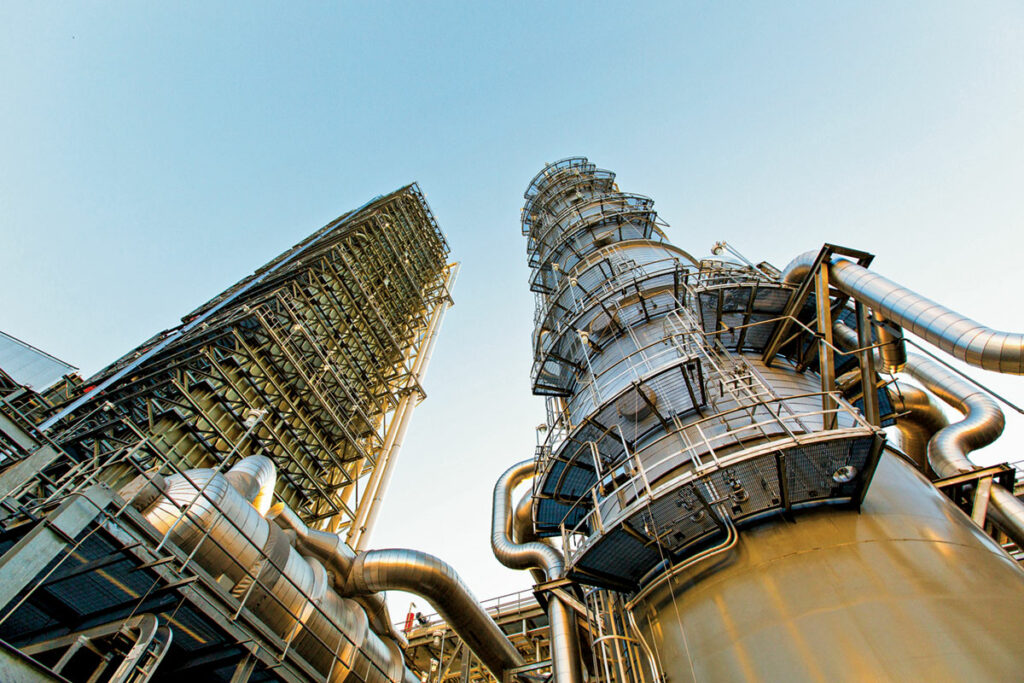The fabled green energy transition really is like the Yeti. Various climate alarmists rush about insisting they’ve not only glimpsed it somewhere, they have a blurry image that might possibly not be an activist in a gorilla suit. But anyone who makes a systematic effort to find hard evidence comes back saying no, it’s not out there. Including recently energy expert Vaclav Smil in a paper that somehow made its way into a presentation at JP Morgan, one of those woke big banks that thinks if they can just capture a troop of Yetis they’ll make a fortune. Noting that we are now halfway between the date of the Kyoto Protocol (1997) and the Net Zero deadline (2050), Smil notes “Contrary to common impressions, there has been no absolute worldwide decarbonization. In fact, the very opposite is the case. The world has become much more reliant on fossil carbon (even as its relative share has declined a bit).” How so? Well, the slight decline in the fraction of energy use “has been accompanied by a massive absolute increase in fossil fuel combustion: in 2022 the world consumed nearly 55 percent more energy locked in fossil carbon than it did in 1997.” Oops. And what about the next 27 years? Dream on, he says. To understand why the energy transition is physically impossible, Smil goes through the numbers on the key industrial processes that keep us powered and fed.
Concerning food production, Smil notes that without the Haber-Bosch process to create fertilizers, half the world would have no food. So it’s, um, rather important we keep that one going. But it’s a carbon-intensive process. And we’re still going to need steel, which is also carbon intensive unless it switches over to green hydrogen. What if we switch both over to green hydrogen?
Smil quotes the International Energy Agency which projects that by 2030 the world could be producing 38 million tons of the stuff, “but only if all intended projects for electrolytical processing (or from fossil fuels with carbon capture) were completed.” But only 4 percent of those projects (1.5 million tons) are actually under construction or have financing in place. More than half are just at the stage of feasibility studies.
Nonetheless, take the ludicrously optimistic scenario where they all come online by 2030. How much hydrogen will be needed? Oh dear:
“These two key material processes, the making of steel and ammonia, would need an annual production capacity of some 135 million tons of green hydrogen by 2050. However, depending on additional needs for transportation and heating, from industries (from glassmaking to food preservation), and for peak electricity generation, the total demand for green hydrogen could be easily as high as 500 million tons by 2050.”
Furthermore, the electricity demand just for the manufacture of that one commodity alone amounts to 86 percent of all current global electricity production, so forget about charging that EV or running your heat pump unless we magically find a lot more emissions-free electricity.
No problem, say the zealots. We’ll just conjure up some small modular nuclear reactors, or some geothermal doohickeys. Or will we?
“Despite decades of promises that the arrival of large numbers of small modular reactors (SMRs, up to 300 MW) was imminent, and that they would resurrect stagnating electricity generation by nuclear fission, and despite some 80 different designs, in 2023 not a single SMR was operating anywhere in the West. China has only a single test prototype (IAEA, 2023). Similarly, proponents of geothermal generation stress its enormous potential, but practical advances have been slow there, too.”
What about the great transition to green steel underway? Here Smil points to the exciting progress underway in northern Sweden:
“As for green steel, the first steel plant smelting iron ore with hydrogen produced by renewably generated electricity is now under construction in northern Sweden. The plan is to make 1 Mt of steel in 2026 and then to ramp it up to 5 Mt by 2030.... An annual output of 1 Mt is equivalent to 0.07 percent of the world’s 2022 primary steel production.”
If all goes well the world may have one 5 Mt/year green steel plant operating in 2030. But to replace all the world’s steel with green steel would require opening one 5 Mt/year plant every three weeks from 2030 to 2050.
Dad gum. What we need now is a society-level commitment like we had for the Manhattan Project in the 1940s, or the Apollo moon landing program in the 1960s. OK, says Smil, where does that get us?
“We have comprehensive data about the cost of those two endeavours and after converting them to 2022 monies they look, when seen from the spending perspective of the 2020s, like extraordinary bargains: the Manhattan Project (1943-1945) cost just $33 billion (in 2022 dollars) or 0.3 percent of GDP for those years, while the Project Apollo (1961-1972) came in at $207 billion (in 2022 dollars) or 0.2 percent of GDP for those 12 years.”
The Net Zero transition, to the extent meaningful numbers are even possible, looks set to cost (according to McKinsey) over $9 trillion per year between now and 2050, “on the order of 10 percent of the total worldwide economic product for three decades.”
Smil pulls no punches in his discussion of what the next 30 years will bring. Russia, China, India and Africa are not going to decarbonize. Airbus forecasts that 40,000 new jetliners will be commissioned globally between 2023 and 2042, each with a kerosene-powered lifetime of 30 years. Fifty-six massive diesel-powered cruise ships are currently on order and won’t even be operational until 2030. Etc. Put simply, the world is not decarbonizing, there is no energy transition underway and Net Zero will not happen by 2050 and possibly not ever, unless some miracle technology emerges that decouples fossil energy use from CO2 emissions. That’s the reality and all else is deluded wishful thinking.
You could mortgage your house and blow all the cash looking for yeti fur, skin, bones or a live specimen and guess what? You’d just end up broke and empty-handed with no house.



That is why nobody likes mathematics...no wiggle room! BTW, the hydrogen economy is an even bigger fantasy than the EV "revolution", electrolysis of water will never be permitted on a larger scale because people NEED that water to survive. Yes, I know that when hydrogen is burned the byproduct is water, but will that water go back to where it was taken from? I think not. Before someone says sea (salt) water I will say HAZMAT stream from hell, sea water has a lot of gunk in it that must be removed prior to electrolysis, usually by distillation (read energy intensive process). Forget the energy, the resulting gunk pile will be a hellish stinking mess!
“When people want the impossible, only liars will satisfy them.” - Thomas Sowell
Vaclav Smil's recent book "How the world really works" is a excellent read. Should be a must read for the eco mob.
I like the Yeti analogy,works well for Bigfoot too.If either existed we would have found unmistakable evidence long ago.
Net Zero is complete fantasy and economic suicide.More and more citizens in various countries are slowly turfing governments that tow this
phony Green Mantra.But not nowhere near fast enough for my liking.
CO2 is not a pollutant, it’s required for life on earth. Good article until you implied that it’s a bad thing or tied to human activity. If you believe that, it destroys the rest of your argument and no one that already knows this won’t listen. There’s no reason to do anything the AGW crowd is trying to force on us, it’s only for their control of the population. The smart people have to quit saying stuff like this, it only gives them more ammo.